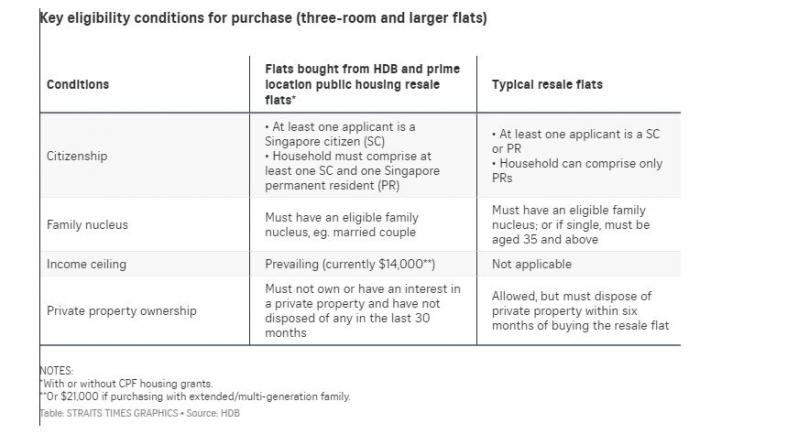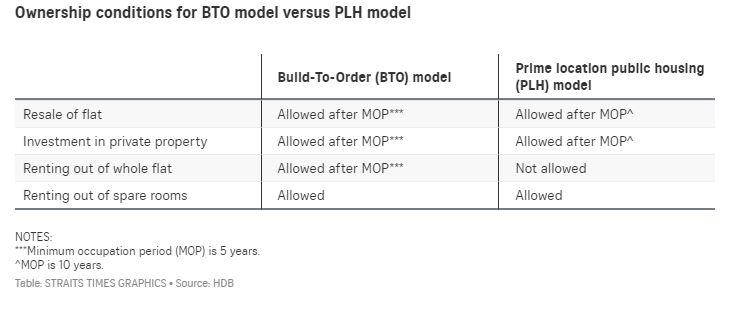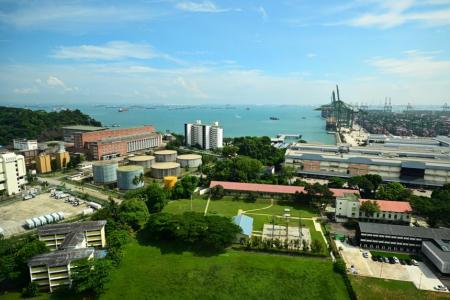Will the Greater Southern Waterfront be included under HDB's prime location public housing model?
The first Build-To-Order (BTO) Housing Board project in the Greater Southern Waterfront (GSW) will be launched for sale within three years.
It will kick-start the transformation of the much-anticipated GSW into a mega waterfront development along Singapore's southern coast.
The BTO project is part of some 6,000 HDB flats that will be built on the Keppel Club site in the waterfront area, National Development Minister Desmond Lee announced on Tuesday (April 12).
On whether BTO projects in the Keppel Club site will fall under the prime location public housing (PLH) model announced last year, HDB said the model will be applied to selected public housing projects in prime and central locations such as the city centre and surrounding areas, including the GSW. These are areas that have very high market values and would require significant additional subsidies to keep flats affordable, said HDB.
While the Keppel Club site is within the GSW, the authorities will consider a range of factors - such as the project's location, attributes and market values - before deciding whether to apply the PLH model, it added.
Under the PLH model, flat owners are subject to stricter buyer and selling conditions, including a 10-year minimum occupation period and having the additional subsidy clawed back by the Government should they sell the units. The scheme aims to keep public housing in prime locations affordable, accessible and inclusive for Singaporeans, both at the initial purchase and at subsequent resales on the open market.
Here are some key facts about the PLH model:
1. Subsidy clawback when flat is sold for the first time
HDB provides additional subsidies, on top of the existing subsidies provided for other BTO flats, to ensure these flats under the PLH model are launched at affordable prices.
However, the concern is whether this would lead to the lottery effect and excessive windfall gains when owners sell their flats on the open market.
To address these concerns, HDB will claw back the additional subsidies as a percentage of the resale price, also known as the "subsidy recovery", when the owner sells the unit. The subsidy recovery applies only to the first resale, and not to subsequent resale transactions.
For example, those who bought flats in Rochor - the first BTO project to come under the new model - will pay 6 per cent of the resale price or valuation, whichever is higher, to HDB when they sell their home on the open market for the first time. The percentage may be adjusted for other projects in the future depending on market conditions and the amount of subsidies given by HDB.
2. Fewer flats set aside under Married Child Priority Scheme
For certain projects in prime locations, HDB may reduce the proportion of flats set aside for households who want to be near their parents or children under the Married Child Priority Scheme.
While some have suggested removing such priority schemes completely to ensure equal chances to all applicants, HDB said it was important to facilitate mutual care and support across family generations.
Reducing the quota for these priority schemes instead of removing them completely strikes a fairer balance, Minister for National Development Desmond Lee had said last year.
Adjustments to the quota will depend on the specific location and attributes of each project.
3. Stricter buyer criteria
Those who want to buy a prime HDB flat on the resale market must meet the prevailing eligibility conditions for buying new flats directly from HDB.
These include having at least one applicant who is a Singapore citizen and a monthly household income not exceeding $14,000. Buyers must also not own or have an interest in a private property and not disposed of any in the last 30 months.
These resale restrictions will be in place for at least half of the 99-year tenure of each prime location flat, before HDB considers whether to review them.

4. Longer minimum occupation period
The minimum occupation period (MOP) will be extended to 10 years, from the current five years for all other HDB flats.
Owners of these flats will not be allowed to rent out their whole flat at any point in time, even after the MOP is over. They will be allowed to only rent out spare rooms.
Both conditions apply to those who purchase directly from HDB and also subsequent buyers on the resale market.

Get The New Paper on your phone with the free TNP app. Download from the Apple App Store or Google Play Store now

